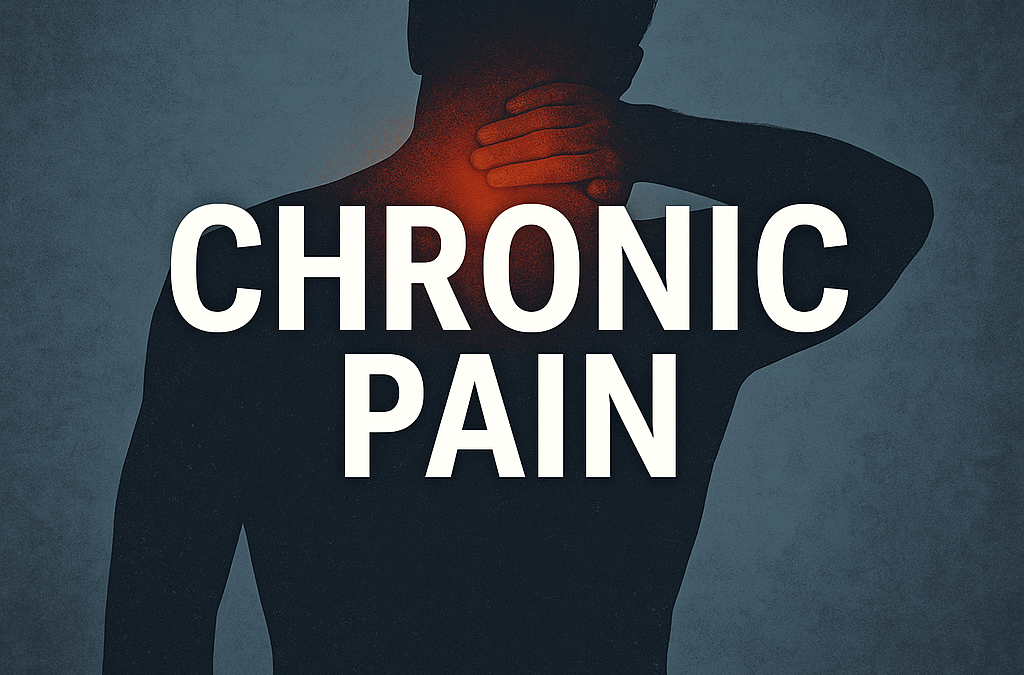Chronic Pain in Australia – Causes, Symptoms, and Treatment Options
By Keziah Loewen,
Chronic pain affects 1 in 5 Australians—making it more common than cancer, heart disease, or diabetes.
It’s not just about sore backs or stiff joints. Chronic pain can impact sleep, mood, memory, mobility, and overall quality of life.
Acute Pain vs Chronic Pain
-
Acute pain is a short-term biological signal that alerts you to injury or damage.
-
Chronic pain persists for more than 3 months, often lingering long after the body has healed.
In many cases, the nervous system becomes sensitised, leading to ongoing pain without new injury.
Central Sensitisation – Why Pain Lingers
When pain persists, your brain and spinal cord may start amplifying danger signals.
This process—called central sensitisation—makes your system more sensitive to pain and less effective at switching it off.
You may notice:
-
Pain from light touch or gentle movement
-
Discomfort without a clear cause
-
Flare-ups triggered by stress, poor sleep, or emotions
Common Types of Chronic Pain
-
Neuropathic pain (nerve-related)
-
Fibromyalgia
-
Chronic lower back or neck pain
-
Complex Regional Pain Syndrome (CRPS)
-
Migraine and tension headaches
Modern Approaches to Pain Management
Best-practice pain treatment is multidisciplinary, often combining:
-
Physiotherapy – gentle movement and graded exercise to restore function and calm the nervous system
-
Pain neuroscience education – understanding pain reduces fear and builds confidence
-
Psychological support – CBT, mindfulness, or pain reprocessing therapy
-
Medication or neuromodulation – when clinically necessary
You’re Not Alone – Support for Persistent Pain
Chronic pain is real, valid, and manageable. Understanding how it works is the first step to recovery.
At Institute of Sports and Spines, our physiotherapists create personalised pain management plans to:
-
Reduce sensitivity
-
Improve mobility
-
Restore confidence in movement
-
Support long-term recovery
📍 Book Now: Click Here.



Recent Comments